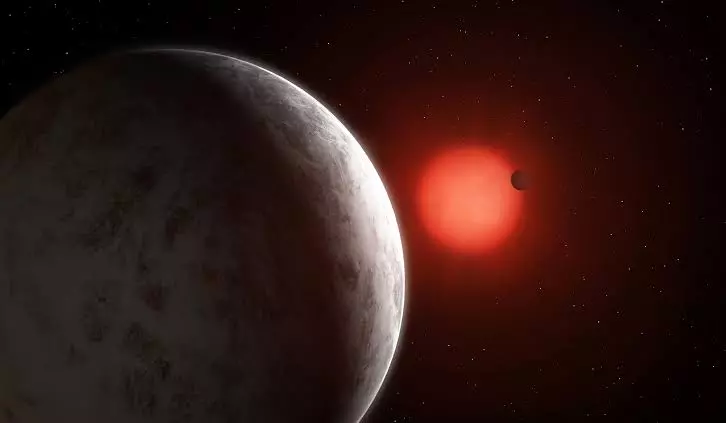
For first time, scientists register radio signals on Earth from alien planets
text_fieldsA groundbreaking study published in the Nature Astronomy Journal has revealed that its team of international researchers has detected what appears to be radio signals from previously undiscovered planets.
The study was conducted collaboratively by Dr Joseph Callingham at Leiden University, ASTRON Australian scientist Dr Benjamin Pope of the University of Queensland and researchers from the Dutch ASTRON centre. The team used the powerful Low-Frequency Array (LOFAR) telescope in the Netherlands which covers around 300,000 square meters.
"We've discovered signals from 19 distant red dwarf stars, four of which are best explained by the existence of planets orbiting them," Dr Pope said. "We've long known that the planets of our own solar system emit powerful radio waves as their magnetic fields interact with the solar wind, but radio signals from planets outside our solar system had yet to be picked up.
"Previously, scientists had only been able to pick up on radio emissions from the very nearest stars. The researchers, in this case, looked at dying 'red dwarf' stars which are smaller than our yellow Sun and which have intense magnetic activity. However, the signals they detected were from very old red dwarfs which were not that magnetically active, suggesting that unseen planets may be orbiting them.
Dr Callingham said that the model used for detecting radio frequencies of planets was based on interactions between Jupiter and its moon Io. Io's intense volcanic activity produces vast clouds of particles that drive massive aurora's on the planets surface that in turn emit radio signals he said.





